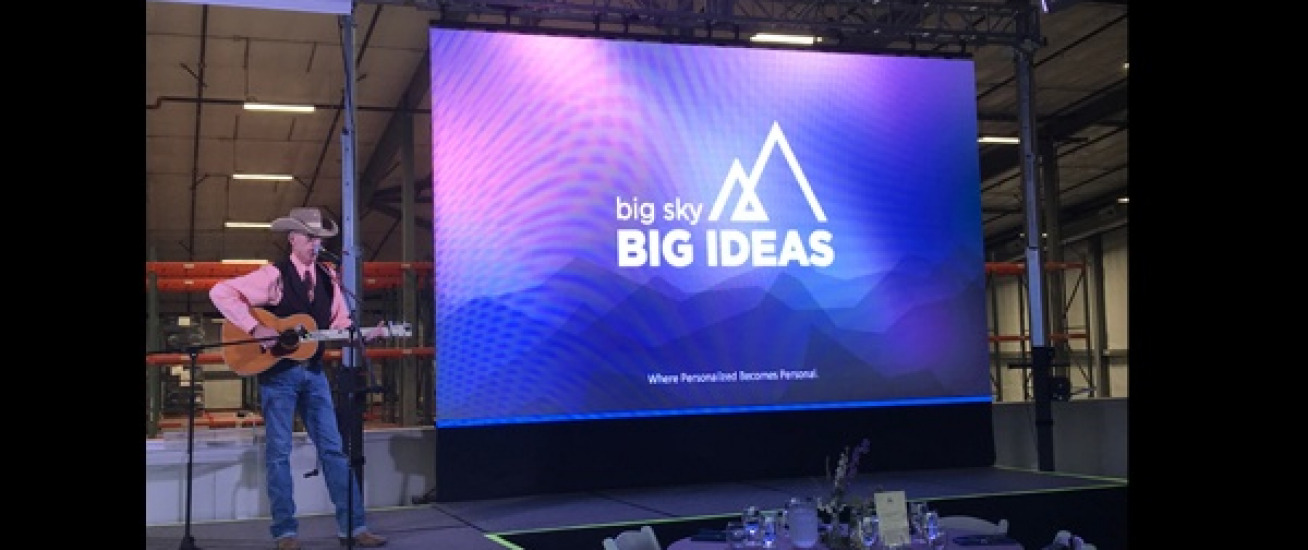Exploring the Effectiveness of Diverse LED Display Adjustment Methods for Optimal Sight Performance
Wiki Article
LED walls have become increasingly popular in multiple environments, such as theater venues, concerts, and business events. These large displays provide vibrant hues and crisp visuals, making them ideal for graphic displays. However, to attain the optimal visual quality, appropriate calibration of LED walls is crucial. Calibration refers to the process of adjusting the display settings to guarantee that colors, luminosity, and differentiation are precise and uniform. Various tuning techniques can significantly influence the total quality of the visual encounter, making it important to explore the effectiveness of these approaches.
One frequent technique for tuning Light Emitting Diode walls is handheld tuning. This approach involves modifying the parameters by manual means, often using specific instruments and software. Specialists typically examine the screen's color precision and luminosity levels, making modifications based on their findings. Manual calibration allows for a high degree of personalization, as specialists can tailor the parameters to the specific environment and material being shown. However, this approach can be labor-intensive and demands a skilled technician to attain best outcomes. In spite of its challenges, manual calibration can lead to remarkable display performance when done correctly.
Another popular calibration technique is the use of automatic tuning. This method uses software and sensors to measure the screen's performance and make adjustments automatically. Automated calibration can save time and minimize the risk for human mistakes, as the program can rapidly analyze the screen and implement the necessary changes. This technique is particularly beneficial in settings where the Light Emitting Diode screen is frequently used for different types of material, as it can adjust to various illumination environments and content requirements. While automated calibration may not offer the same level of customization as manual tuning, it can still deliver excellent outcomes for many uses.

A third technique worth mentioning is the use of color calibration tools. These devices, such as color measurement devices and spectral analyzers, assess the hue results of the LED wall and help confirm that the colors displayed are correct. By using these devices, technicians discover here can detect any inconsistencies in hue representation and make the required modifications. This method is especially crucial for uses where hue accuracy is critical, such as in graphic art or film creation. Color calibration instruments can enhance the overall display quality of Light Emitting Diode screens, ensuring that the audience sees the intended colors and elements.
In conclusion, the effectiveness of different Light Emitting Diode screen tuning methods plays a vital role in achieving optimal display quality. Manual calibration offers customization but can be labor-intensive, while automatic calibration provides efficiency and consistency. Additionally, hue tuning tools help ensure correct color representation, which is vital for many applications. By understanding and employing these tuning techniques, technicians can improve the display encounter for audiences, making LED screens an more powerful instrument for interaction and entertainment. As innovation continues to progress, ongoing research and development in tuning techniques will likely lead to even improved visual performance in the time ahead.